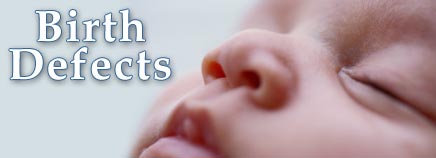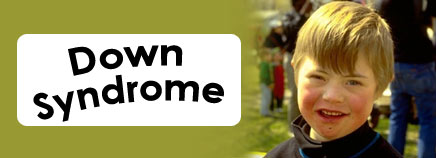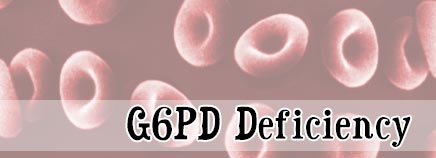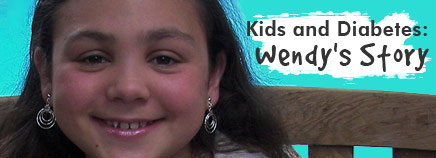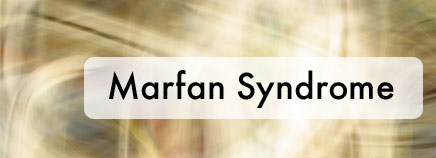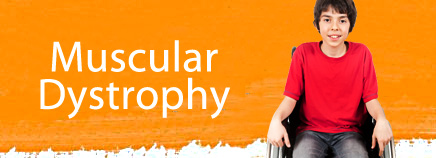While still in the womb, some babies have problems with how their organs and body parts form, how they work, or how their bodies turn food into energy. These health problems are called birth defects. There are more than 4,000 different kinds of birth defects, ranging from minor ones that …
Down Syndrome
About Down Syndrome Down syndrome (DS), also called Trisomy 21, is a condition in which a person is born with an extra chromosome. Chromosomes contain hundreds, or even thousands, of genes. Genes carry the information that determines your traits (features or characteristics passed on to you from your parents). With Down …
Dwarfism
There’s been a lot of discussion over the years about the proper way to refer to someone with dwarfism. Many people who have the condition prefer the term “little person” or “person of short stature.” For some, “dwarf” is acceptable. For most, “midget” definitely is not. But here’s an idea …
G6PD Deficiency
G6PD deficiency is an inherited condition in which the body doesn’t have enough of the enzyme glucose-6-phosphate dehydrogenase, or G6PD, which helps red blood cells (RBCs) function normally. This deficiency can cause hemolytic anemia, usually after exposure to certain medications, foods, or even infections. Most people with G6PD deficiency don’t …
Hemophilia
Bumps and scrapes are a normal part of childhood. For most kids, a tumble off a bike or a stray kick in a soccer game means a temporary bruise or a cut that heals with a scab. However, for kids with hemophilia, these everyday mishaps are cause for concern. What Is …
Kids and Diabetes: Wendy’s Story
Seven years ago, my daughter Madi was a very active, creative, outgoing kindergartner. She was a happy and healthy 5-year-old. That February things started changing. Her teacher was reporting that Madi seemed tired, pale, and “spacy” before lunch, and was having trouble paying attention. And after lunch Madi started complaining …
Klinefelter Syndrome
Some boys are slower to develop than their peers, and many boys are quiet and shy. There’s a normal range when it comes to physical and social development. But sometimes these qualities show up alongside learning problems or trouble paying attention in school. When this happens, it could be an …
Marfan Syndrome
About Marfan Syndrome Marfan syndrome is a progressive genetic disorder that affects the body’s connective tissue. Connective tissue is everywhere in the body, providing structure and support for cells. Think of it as a sort of “glue” that helps support every organ, blood vessel, bone, joint, and muscle. In people …
Muscular Dystrophy
About MD Muscular dystrophy (MD) is a genetic disorder that gradually weakens the body’s muscles. It’s caused by incorrect or missing genetic information that prevents the body from making the proteins needed to build and maintain healthy muscles. A child who is diagnosed with MD gradually loses the ability to …
Neurocutaneous Syndromes
About Neurocutaneous Syndromes Neurocutaneous syndromes are disorders that lead to growth of tumors in various parts of the body. They’re caused by the abnormal development of cells in an embryo and characterized by the tumors in various parts of the body (including the nervous system) and by certain differences in …

